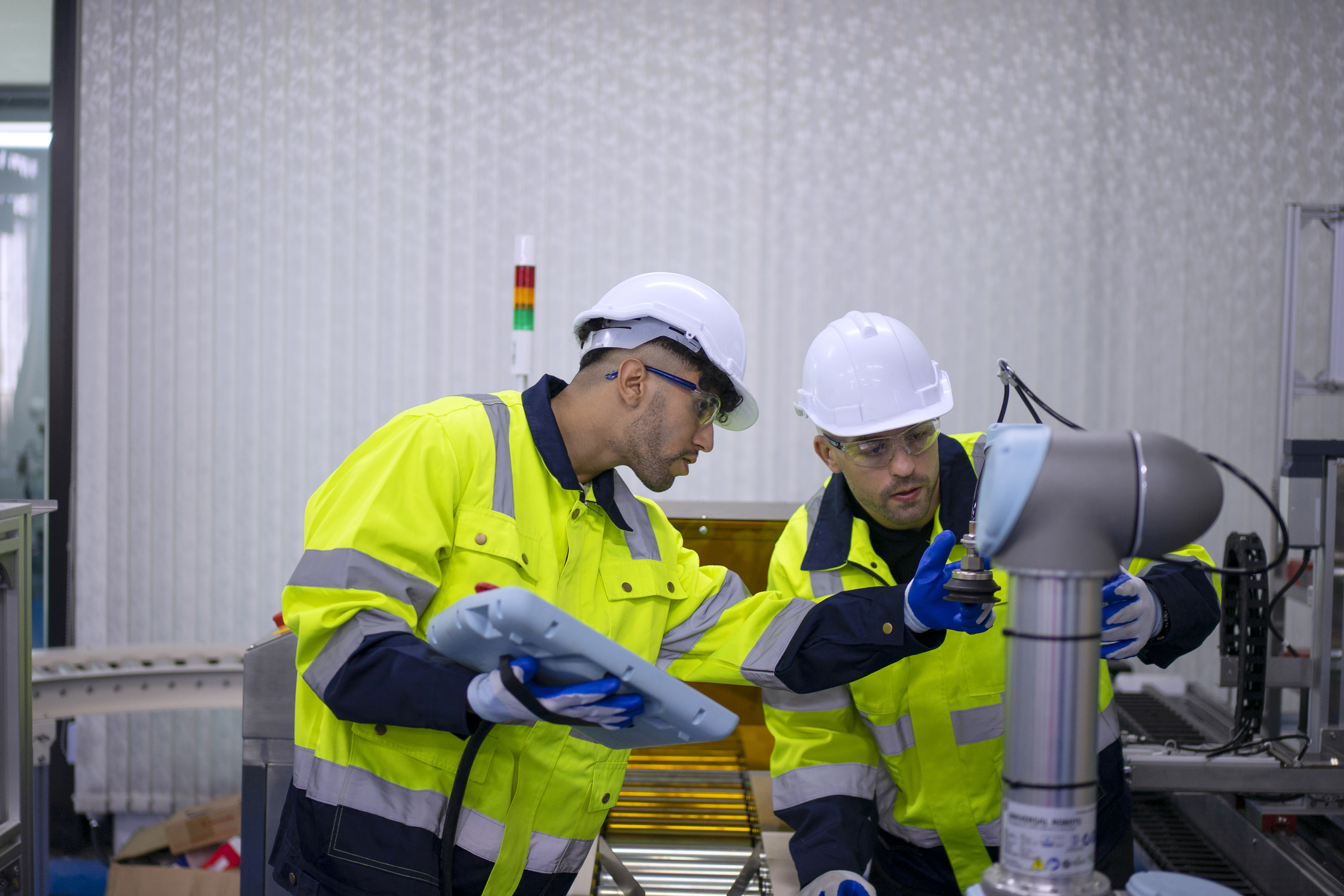For more information on this topic, please contact [email protected].
4 Ways to Simplify Your Onboarding Process Without Compromising Safety
Keeping these vital training and readiness measures in mind helps employers ensure that their new hire onboarding process is safe and efficient.
July 17, 2023

Hiring today is more challenging than ever. Once a company hires an employee, especially in the private sector, where they may be under pressure from customers and production, employers want to get their employees trained and ready to perform as quickly as possible. But sometimes, fast tracking employee onboarding can bring unacceptable risks into an operation.
“Even if hiring is challenging, you cannot shortcut or compromise safety because if the employee gets injured, that will impact or stop production, not to mention other direct and indirect costs,” said Ariel Jenkins, Assistant Vice President – Risk Services at Safety National. “Short-cutting or bypassing safety during onboarding oftentimes can affect quality. It is a situation that employers want to avoid.”
Employers that incorporate the following measures can simplify their onboarding process while keeping safety top of mind.
1. Pre-Employment Screening, Testing, and Assessments
Pre-employment screening is an essential part of any onboarding process. It helps employers reduce risk and ensure they can place employees in the most fitting positions and accommodate them. Pre-employment screening should be conducted for all new hires to help protect the employer from potential liabilities and other risks associated with unsafe employee behavior, misconduct, or negligence. Any pre-employment testing that includes physical or functional assessments should be conducted in the proper sequence. Typically, physical or functional assessments are completed post-offer, after a candidate has been offered a job contingent on satisfactorily passing the assessment.
When in doubt, be sure to follow employment laws and the advice of professionals with respect to pre-employment screening, testing, and assessments.
2. Understanding Job Hazards and Safety Expectations
Employers must define job hazards and safety expectations in a way that is simple to understand and observe, as listening only goes so far. Adding visual aids like video helps drive home the message. Some employers will opt for live demonstrations conducted by peers or even frontline supervisors, which is a powerful means of communication and reinforces what is expected of the employee. Visual aids and skills-based live training that emphasize the most important safety aspects are the most useful for safety training methods.
3. Shadowing and Mentor Opportunities
Having a new employee shadow a seasoned worker or assigning them a mentor allows the new employee to see what they have just learned being put into action. Shadowing a supervisor or colleague who can answer questions and provide guidance based on their experience is beneficial in helping new hires quickly acclimate to the work environment at hand.
4. Motivation and Feedback
Feedback based on observation is also critical in the onboarding stage. At times, employees go unsupervised—even new employees. Feedback that is constructive or affirms safety expectations reinforces safety and motivates employees to build safe work habits. Generally, confirming work expectations helps ensure a new employee feels welcomed and has a sense of inclusion. Employees should also be able to provide their thoughts on the onboarding process. This helps employers identify areas of improvement to continually refine their onboarding program, with safety as the top priority.
New technologies such as wearables, cameras and site visibility platforms with built-in AI can also equip supervisors with new hire and other employee safety performance insights they otherwise may not observe. These technologies can create more opportunities to motivate employees to perform duties safely so supervisors can provide feedback based on technology-assisted observations.
However employers choose to go about their onboarding process, it is essential to manage the learning curve with clear and concise content. A focused training and education program for new employees enables them to feel safe and secure in their roles while providing employers with a streamlined onboarding process that meets compliance requirements. By following these steps, employers can ensure that their onboarding process is safe and efficient.

























